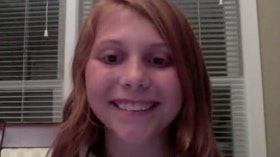Homepage
•
Learning Library
•
Blog
•
Test their knowledge using student-created videos
Expand breadcrumbs
Expand breadcrumbs
- Learning Library
- Blog
- Test their knowledge using student-created videos
- Homepage
- •
- Learning Library
- •
- Blog
- •
- Test their knowledge using student-created videos
Test their knowledge using student-created videos
By Nicholas Bourke
July 17, 2015








